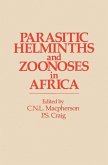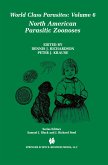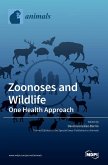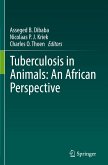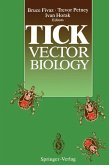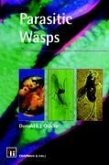The book "Parasitic Zoonoses" emphasizes a veterinary and public health perspective of zoonotic parasites. This book is suitable for higher undergraduate and graduate students of zoonoses and public health, veterinary parasitology, parasite epidemiology; public health workers; public health veterinarians; field veterinarians, medical professionals and all others interested in the subject. More than 15 protozoa and 50 other parasitic diseases are zoonotic in nature and all these diseases have been discussed in detail. The first chapter is concerned with classification of zoonotic parasites, food borne, vector borne and occupation related zoonotic parasites. The remaining chapters cover etiology, epidemiology, life cycle, transmission, clinical signs, diagnosis, prevention and control of zoonotic parasites. The text is illustrated with a large number of coloured figures. An alphabetical bibliography for every disease has also been included so that readers have access to further information.
From the reviews:
"This excellent reference on parasitic zoonoses would make a nice addition to the libraries of veterinarians and public health workers as well as students, both at the undergraduate and graduate levels. ... The audience includes those involved in animal and public health including veterinarians, parasitologists, medical doctors, public health officials, and students. ... This is a well-written book that presents accurate information with appropriate references to the current literature. A number of diagrams make it easy to following the parasite's lifecycle." (Adam Stern, Doody's Book Reviews, November, 2013)
"This excellent reference on parasitic zoonoses would make a nice addition to the libraries of veterinarians and public health workers as well as students, both at the undergraduate and graduate levels. ... The audience includes those involved in animal and public health including veterinarians, parasitologists, medical doctors, public health officials, and students. ... This is a well-written book that presents accurate information with appropriate references to the current literature. A number of diagrams make it easy to following the parasite's lifecycle." (Adam Stern, Doody's Book Reviews, November, 2013)


